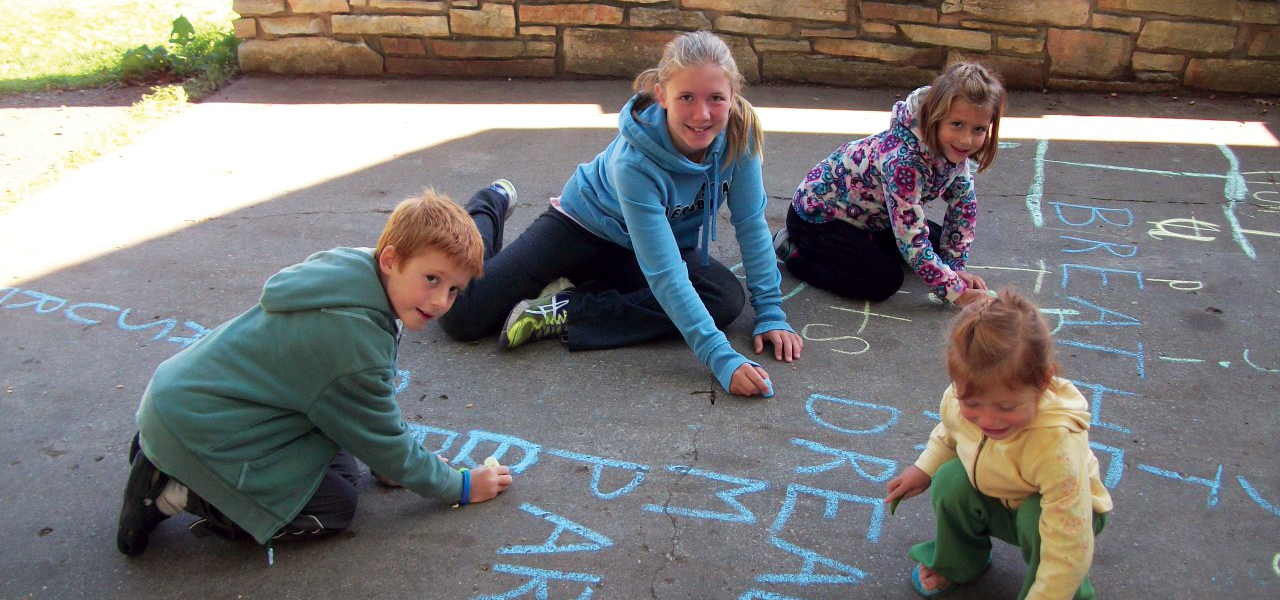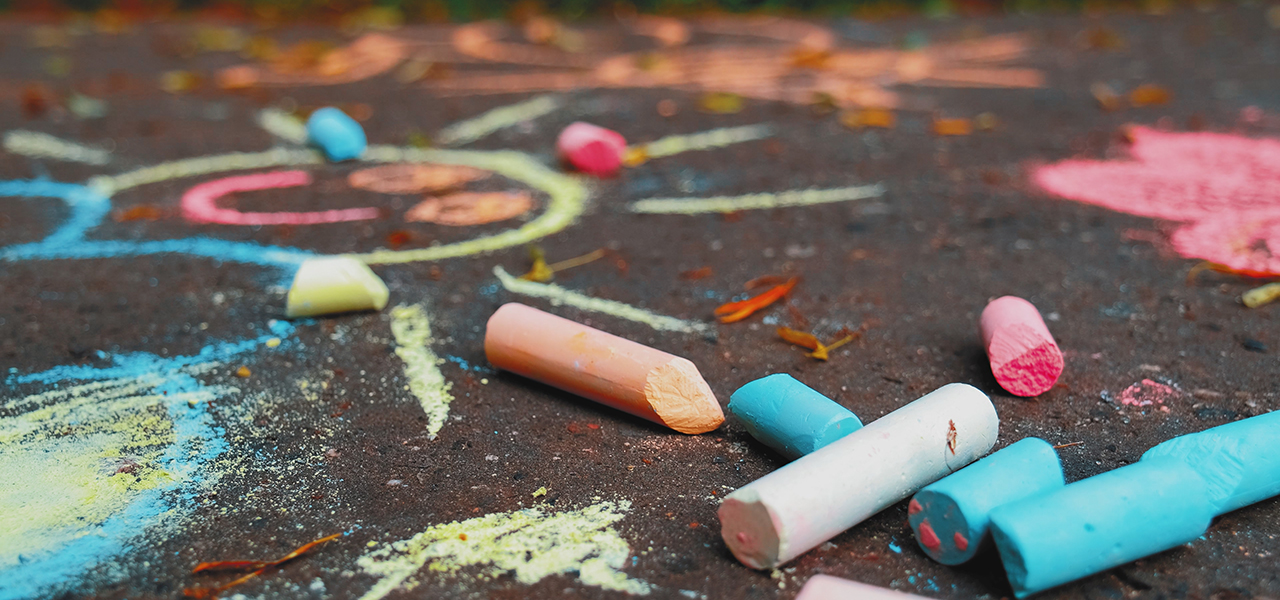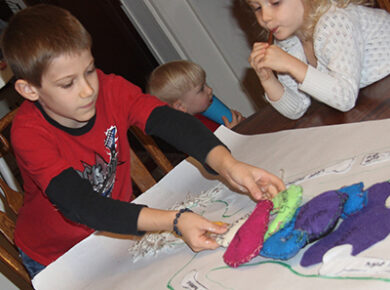Strategies for Improving Your Student’s Retention

It happens to us all. A pot of potatoes is bubbling on the stove, the baby needs to be changed, the dog is barking to be let out, and the phone is ringing. It’s the dentist’s office, calling to set up a cleaning appointment. You hang up, and before you have a chance to jot down the time, the pot of potatoes boils over. As you finish wiping up the stove, you realize that all the distractions have caused you to forget the time of the dental appointment. Was it 10:15 a.m., or 10:30, or maybe Friday, not Thursday?
It is not uncommon for young children to forget directions or facts, too; distractions and lack of attention result in poor memory, no matter what the age. However, there are teaching strategies which can be used to improve students’ attention and, therefore, memory.
Forgetting is normal
Experienced teachers testify that children routinely forget what they are told or taught. Forgetting is common. One study dealing with the rate of memory loss for materials learned from textbooks revealed that after only one day, nearly half of the material had been forgotten. After two weeks, nearly 80% of the material studied was lost from memory!
What helps students remember?
It is no wonder that summer vacation is like a giant vacuum held to the head of the primary student; it also comes as no surprise that most math and language arts texts begin each year with a review. If material is reviewed infrequently, the material is much more likely to be forgotten.
According to psychological studies, the most important factor in improving memory is the ability to focus intently on the material being learned. Without this attention and focus, information cannot even move into short-term memory, let alone the long-term memory that is the goal of all teaching.
Engagement is key
Young children naturally have short attention spans and are easily distracted. So the more engaging the presentation, the greater the chance of holding a child’s attention, thereby improving his retention of the information taught. Hands-on teaching—such as CHC’s approach to social studies and science—captures and holds the attention of the primary student far better than the standard classroom-textbook approach.
CHC’s methodology introduces most subjects with a short workbook or reading assignment, coupling the assignment with engaging activities and/or hands-on reinforcement. For example, see the attention-grabbing hands-on activities in CHC’s Explore the Continents and Tour a Country, the experiments in CHC’s science programs, and the “Name Game” and “Silly Willy Sentences” found in the Little Stories for Little Folks reading program. If followed faithfully, CHC’s hands-on approach will capture the child’s attention and help him remember what he has learned.
A multi-faceted approach
Another key to retention is multi-faceted, multi-sensory exposure and review. That is, the more frequently the child sees the subject and experiences it from different angles, utilizing as many senses as possible, the greater his retention will be. Often, when we think of review, we think of recitation of facts: for example, using geography flashcards for a few minutes every morning until country names and capitals are memorized. This is certainly a good means of review, but not the only one.

What kinds of activities aid retention?
Nearly any exposure to and use of the information or skill in question constitutes a review that aids in retention. For example, a child might learn and review geography by:
- dressing in the traditional dress of different regions
- cooking a common dish from another country’s cuisine for dinner
- drawing a map of the country
- “telling back” what he has learned in a simple oral report or discussion at dinnertime
- creating his own small book or telling his favorite fact about the country
- writing a story or a letter to Grandpa about the subject
All of these varied activities are means of review because they provide repeated exposure to the subject. Many of the exercises above can easily be adapted to subjects other than geography—for example, CHC’s literature program uses all these activities to immerse children in the stories they are studying.
Additionally, one can play math, spelling, or grammar games; students may even wish to create their own games, along the lines of “Jeopardy.” Songs can be purchased for math, geography, history, and grammar memorization via a musical, auditory approach. Copying spelling words three times each, making up funny sentences using missed words, and reciting them out loud to a sibling or to mom while she is cooking dinner are fun ways to use review and repetition to reinforce a lesson.
Don’t be afraid to get creative, and keep track of which methods of review are most effective for your student. In the process, you may discover that you have a kinetic or auditory learner, for example—and knowing his learning style can be a big help in making education as fun and effective as possible for your child. (For more information on discovering your child’s learning style, read “Homeschooling Students With Different Learning Styles.”)
Repetition, frequent review, and most of all, presenting the material from as many angles as possible will make it easier for your student to retain what they are learning. Remember that many activities help with review and retention, and engaging your student in fresh and unexpected ways will deepen his experience and retention of the material.
The photo at the top of this article was submitted by Emelie from Michigan. She says, “This is a picture of my kids doing their spelling words on the driveway. It was too nice to be indoors, so we took our lists and had the kids do a ‘spelling word crossword puzzle.’ The 6th grader was able to keep the 2nd and 1st graders going with her more challenging and longer words! It was fun and they learned their words at the same time!”
Related Blogs
If you enjoyed this article, you might be interested in the related articles below.
Favorites
Explore CHC’s top favorites! From art to literature, science to hands-on religion, CHC has materials to enrich every Catholic homeschool.


















